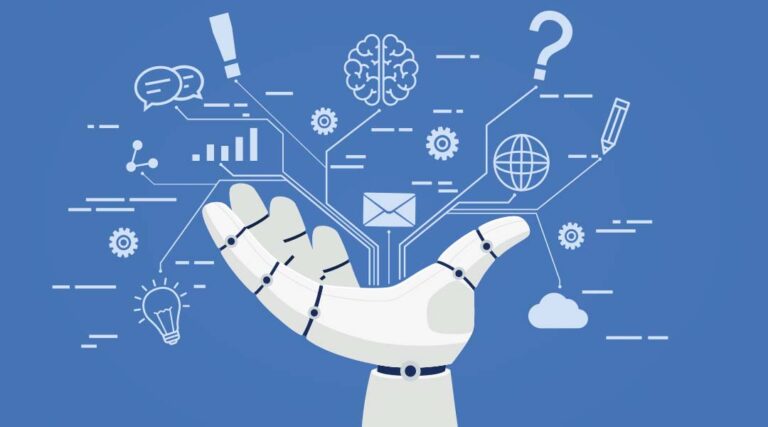
Facebook’s AI research (FAIR) department has introduced a rewrite of its object detection platform Detectron to the AI and machine learning community. Detectron2 is meant to advance machine learning by offering speedy training and addressing the issues companies face when making the step from research to production.
While its predecessor was implemented using deep learning framework Caffe2, Detectron2 is powered by PyTorch to facilitate faster project iterations. In order to make it more flexible, the new version is designed in a more modular way. This is meant to help better separate research implementations from the platform’s core and offer algorithm developers an easier way to customise elements of detection systems.
Along the way, the FAIR team apparently was also able to get rid of some design and implementation issues and improve Detectron’s speed. The latter was mainly done by moving the training pipeline to GPU and reworking the way distributed training is realised to help those looking into training with large data sets.
Besides object detection with boxes and instance segmentation masks, Detectron2 also features panoptic and semantic segmentation as well as implementations of approaches like DensePose. Examples on how to use the algorithms can be found in the project’s GitHub repository.
Since many companies especially struggle with moving from research to production, the announcement also promises an additional software layer for deploying models. Detectron2go will supposedly offer “training workflows with in-house data sets, network quantisation, and model conversion to optimised formats for cloud and mobile deployment”, but couldn’t yet be found in the repo at the time of writing.
